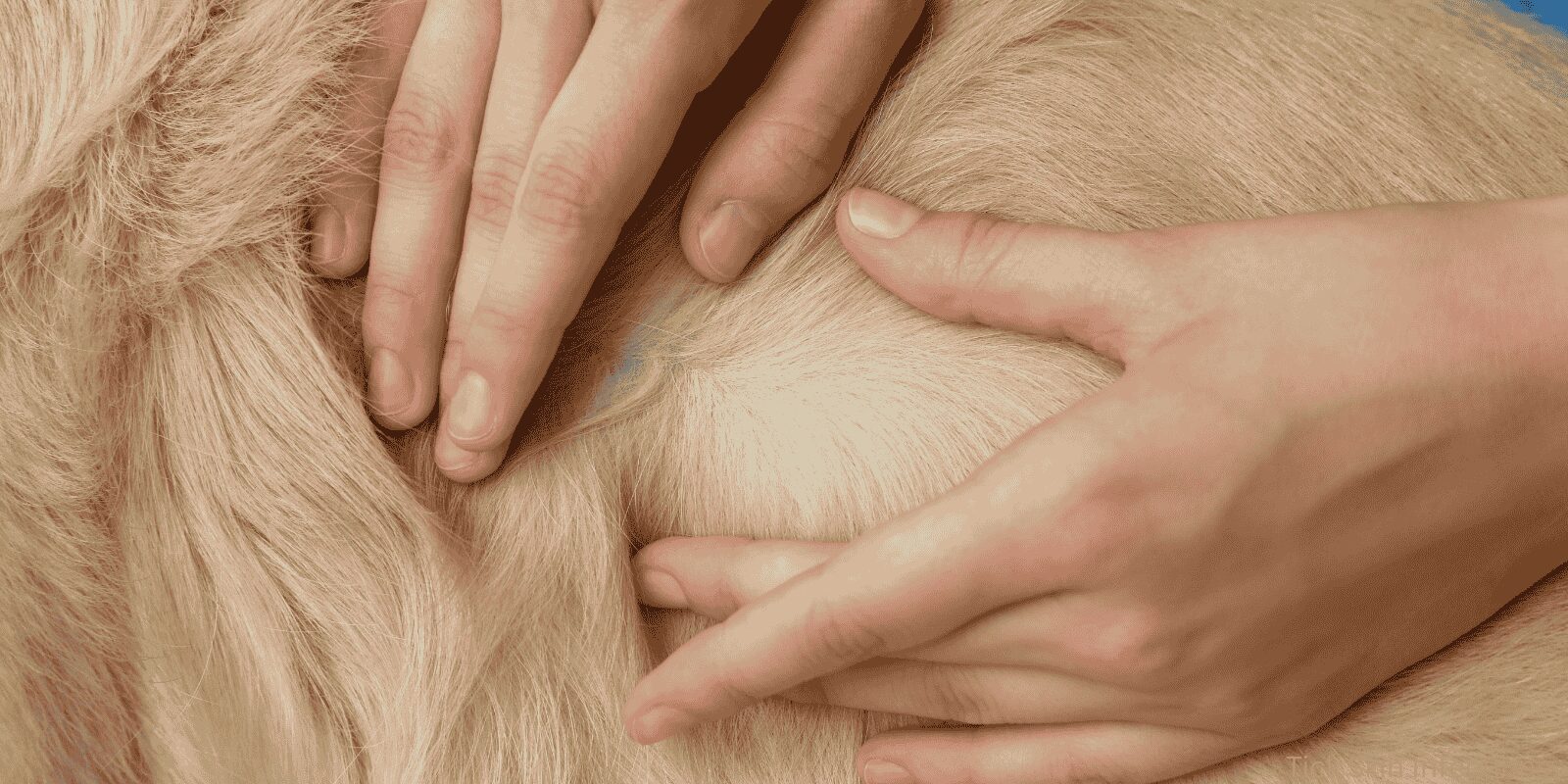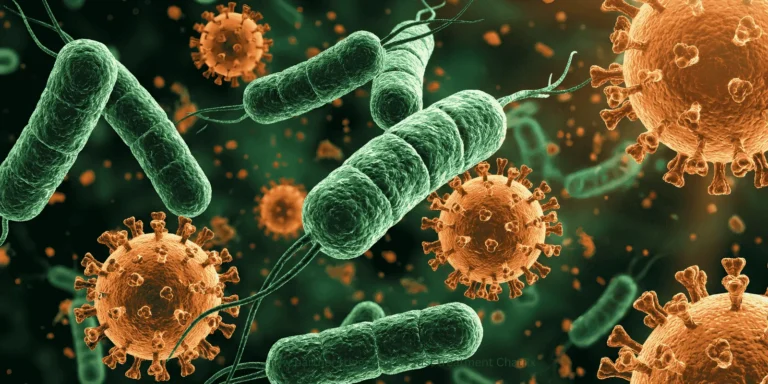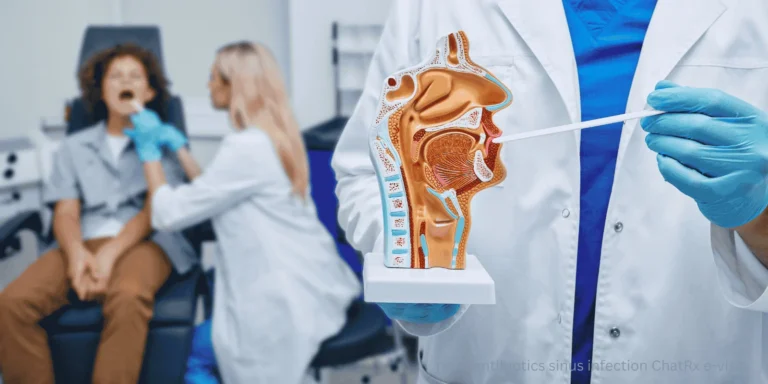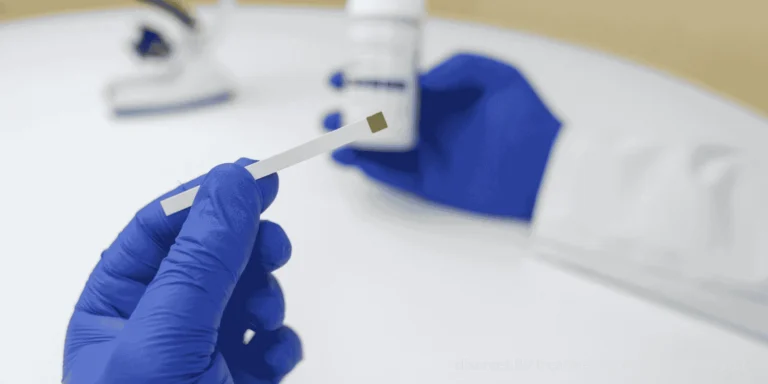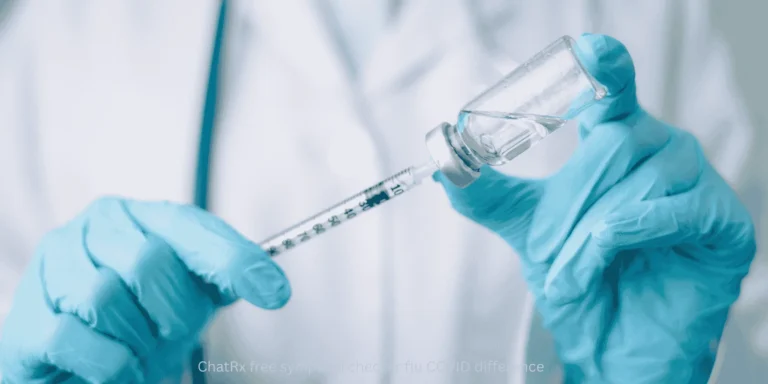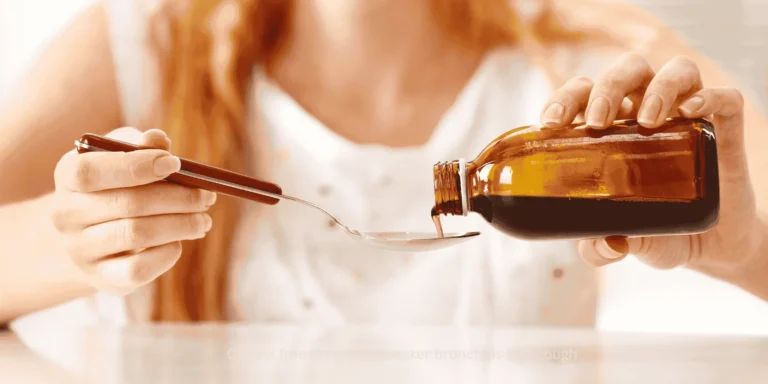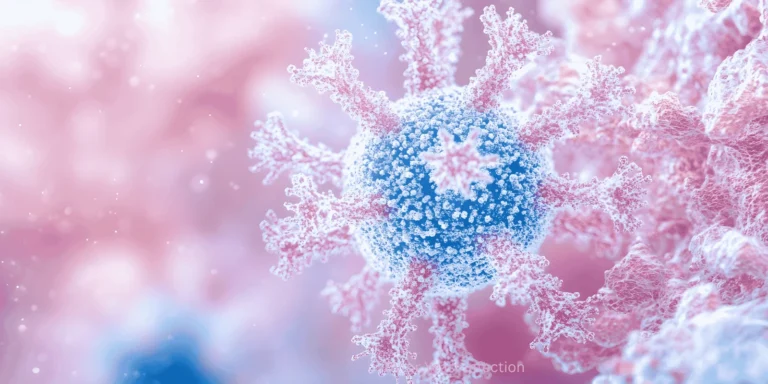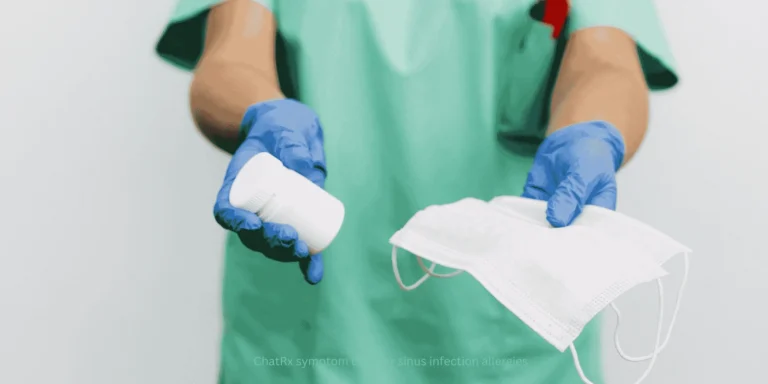“After last summer’s tick nightmare, I want to do everything possible to protect my family this year,” a mother told me during our spring consultation.
Smart thinking. While tick-borne diseases like Lyme disease get most attention, secondary skin infections at tick bite sites create their own set of problems that are completely preventable with proper care.
How Skin Infections Develop
Scratching bite sites creates the biggest infection risk. Tick saliva causes itching that can persist for days, leading to repeated scratching that breaks the skin.
Bacterial entry occurs through these scratches, introducing normal skin bacteria like staphylococcus and streptococcus into deeper tissue layers.
Improper tick removal can leave mouth parts in the skin, creating foreign body reactions and infection entry points.
Risk Factors for Complications
Children scratch more than adults and have developing immune systems that may not fight off skin bacteria as effectively.
Compromised skin from eczema, cuts, or other conditions provides easier bacterial access at bite sites.
Delayed tick discovery means longer attachment times and more inflammatory reactions that create larger areas of damaged skin.
Proper Tick Removal Technique
Use fine-tipped tweezers to grasp the tick as close to the skin surface as possible — never use fingers, matches, or petroleum jelly.
Pull upward steadily without twisting or jerking, which can break mouth parts off in the skin.
Clean immediately after removal using rubbing alcohol, soap and water, or antiseptic to reduce bacterial load at the bite site.
Post-Removal Skin Care
Monitor the bite site daily for the first week, looking for increasing redness, swelling, or warmth that might indicate developing infection.
Keep the area clean with gentle soap and water, avoiding harsh scrubbing that could irritate healing tissue.
Apply antibiotic ointment to fresh bite sites if you have it available, though this isn’t always necessary for clean removal sites.
Controlling the Itch
Topical anti-itch creams containing hydrocortisone or calamine can reduce scratching urges without masking signs of infection.
Cool compresses provide temporary relief and reduce inflammation at bite sites.
Keep fingernails short especially in children, to minimize skin damage if scratching occurs despite your best efforts.
When Normal Healing Looks Concerning
Small red bumps at bite sites are normal and usually resolve within days to a week.
Mild itching for several days is expected as the body processes tick saliva proteins.
Slight swelling immediately around the bite is common and not concerning unless it continues expanding.
Infection Warning Signs
Expanding redness that grows larger each day rather than staying stable or shrinking indicates possible bacterial infection.
Pus formation or yellow/green discharge from bite sites suggests bacterial overgrowth requiring treatment.
Red streaking from the bite toward the heart shows lymphatic involvement and needs immediate medical attention.
Fever accompanying local skin changes may indicate spreading infection.
Geographic and Seasonal Considerations
High-tick areas like wooded regions, tall grass, and leaf litter require extra prevention efforts during peak season (late spring through early fall).
Camping and hiking create multiple exposure opportunities and may delay discovery of tick bites until after optimal removal timing.
Yard maintenance in tick-prone areas increases bite risk, especially around wood piles, stone walls, and overgrown areas.
Clothing and Repellent Strategies
Light-colored clothing makes tick spotting easier before they attach to skin.
Tucking pants into socks creates barriers that force ticks to crawl over clothing where they’re more visible.
DEET-based repellents on exposed skin and permethrin-treated clothing provide effective protection during outdoor activities.
Daily Tick Checks
Full-body inspection after potential tick exposure, focusing on warm, moist areas like scalp, armpits, groin, and behind knees.
Partner or parent assistance helps check areas you can’t see easily, ensuring no ticks are missed.
Remove ticks promptly when found, as disease transmission typically requires 24+ hours of attachment.
Treating Minor Skin Irritation
Over-the-counter treatments like antihistamines can help control systemic reactions to multiple tick bites.
Gentle cleansing twice daily prevents bacterial buildup without over-irritating healing bite sites.
Moisture protection with appropriate bandages may help if bite sites are in areas prone to friction or further trauma.
When to Seek Medical Care
Signs of bacterial infection require prompt antibiotic treatment to prevent complications like cellulitis.
Large areas of redness or multiple infected bite sites may need more aggressive treatment.
Systemic symptoms like fever, swollen lymph nodes, or feeling generally unwell accompanying skin changes.
Prevention remains your best strategy — proper tick removal, good post-bite skin care, and prompt attention to infection signs can prevent most tick-related skin complications while allowing families to enjoy outdoor activities safely.

